The Mystery Behind The Loch Ness Monster: Is There Any Truth To Its Alleged Existence? Recent Sightings Have Reignited The Madness
We all want to believe that there is something out there that is bigger than ourselves. From UFOs to Bigfoot, there are endless myths that exist and have led to human amazement for centuries. After all, “The truth is out there.” Well, maybe.
The potential existence of this cryptid has been one of those intriguing myths that first came to discovery in 565 AD and has since caused skepticism and controversy in the public. Could something as otherwordly as the Loch Ness monster exist or is it simply made up?
What Is The Loch Ness Monster?
The Loch Ness Monster (aka “Nessie”) is considered to be one of the oldest and most enduring myths in Scotland’s history. A major tourism industry for Scotland has been built from the countless books, TV shows, and films that have been created around this creature.
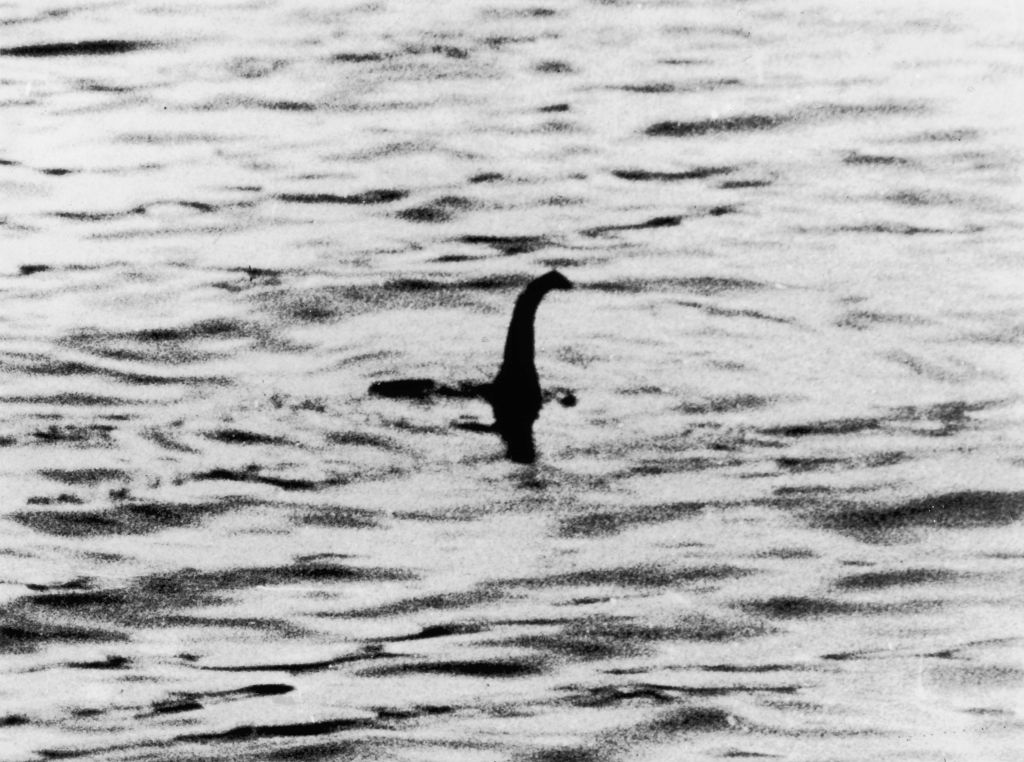
Source: Keystone/ Getty Images
Its first sighting is said to have been traced back to 1,500 years. St. Columba, an Irish missionary, allegedly witnessed the beast in the River Ness in 565 AD. In 1933, the Inverness Courier reported the first modern-day sighting of Nessie seen by a local woman named Aldie McKay.
Other Reports On Nessie
The report given by the Courier’s correspondent, Alex Campbell, described the creature as whale-like and the loch’s water “cascading and churning.” The Courier’s editor at the time suggested it was a “monster,” which took flight as prompting the first modern myth.

Source: Bettman/Contributor via Getty Images
There was another sighting in 1934, in which Colonel Robert Wilson, a highly-esteemed surgeon in England, claimed that he took a photograph of the monster while driving along Loch Ness’s northern shore. It was called “Surgeon’s Photograph” which was revealed to be a vengeful hoax 60 years later.
Could It Be Swimming Elephants…?
Over time, there have been countless explanations for what people have seen lurking about in the waters of Loch Ness. One of the primary explanations is that it was circus elephants swimming in the lake.
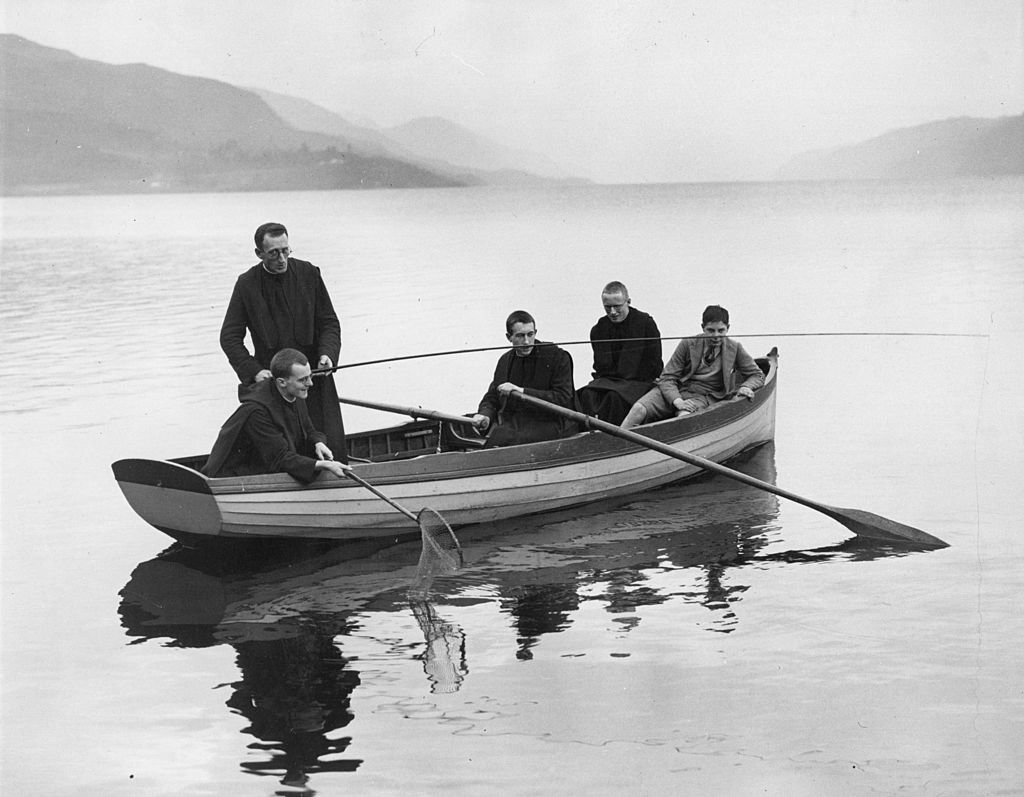
Source: Reg Speller/Fox Photos/ Getty Images
Neil Clark, a Glasgow-based paleontologist, has researched Nessie. He found that fairs and circuses were fairly common in the Inverness area, specifically from the early years of the 1930s. According to Clark’s findings, traveling circus elephants could have swam in the loch to rest.
…Or Eels And Fallen Branches?
Aside from swimming elephants, another theory is that large fallen branches were seen floating around in the loch. Contrary to these sightings, a man named Steve Feltham has some revelatory assertions. Feltham has been acknowledged by the Guinness Book of World Records for the longest-running hunting investigation of the Loch Ness Monster.
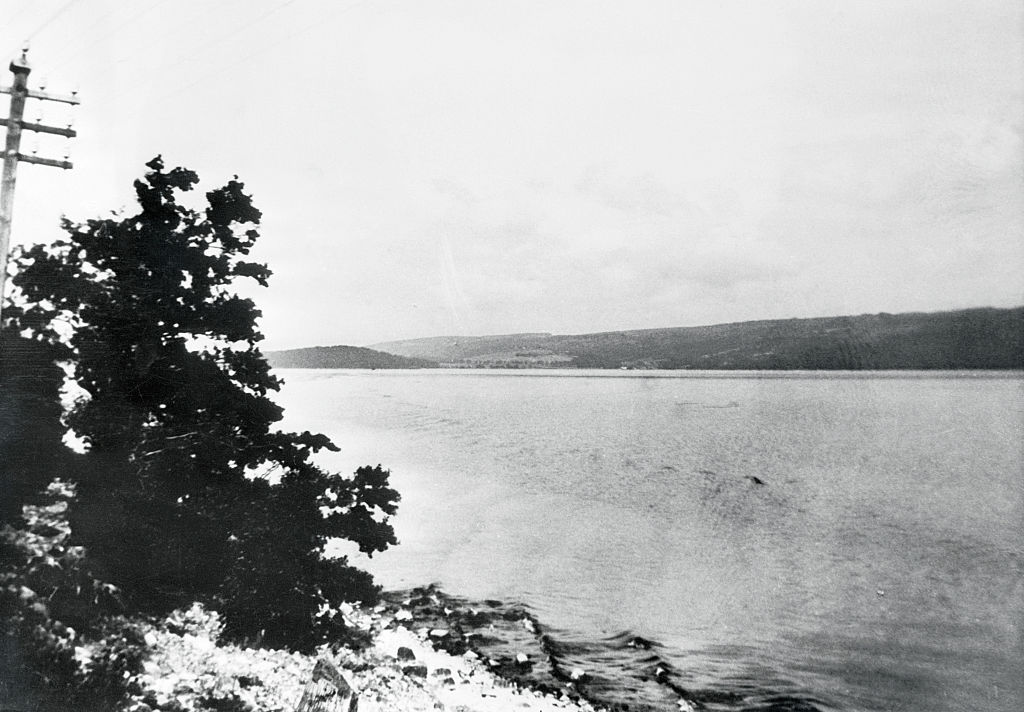
Source: Bettman/Contributer via Getty Images
Feltham, who visited the area when he was a child, is still not convinced. The research hasn’t completely ruled out that animals such as seals could potentially be the monster. Furthermore, eels in the loch were extremely common.
There Are Still Alleged Sightings Of The Monster
Gary Campbell, a keeper of a register comprising Nessie sightings, says that 10 sightings a year of something strange and unexplained in the water are reported on average. Campbell has been receptive to the latest reported research and hopes that more scientists explore what else lies in the depths of Loch Ness.

Source: Ian Tyas/Keystone Features/Hulton Archive/ Getty Images
Tourism, according to Campbell, that has been developed around Nessie’s story would not be affected by the new study. “The Loch Ness Monster has evolved into a worldwide icon,” affirmed Campbell.
Further Research Could Shed Light On The Mystery
VisitScotland’s Chris Taylor expected that the myth surrounding the Loch Ness monster will continue to bring in flocks of tourists. Taylor has said, “This scientific investigation, led by Professor Gemmell, into the inhabitants of one of Scotland’s largest lochs has once again shone a spotlight on the Highlands.”

Source: Tom Stoddart Archive/ Getty Images
Without a doubt, this research could prove invaluable to uncover what else lies beneath the loch’s deceiving surface. Questions, obviously, will still remain unanswered, which is why Taylor encourages people to visit the site for themselves. Adrian Shine, a Loch Ness expert, asserted that the new study provided researchers with a new roster of species to compare against 40-year-old records.
Recent Video Footage Surfaces
In May 2022, a husband and wife shot a video of what they claimed to be Nessie. It appears that there’s a 30-foot creature swimming about in the waters of the loch. The viral two-and-a-half-minute clip appears to show humps coming out of the water and then something turning below.
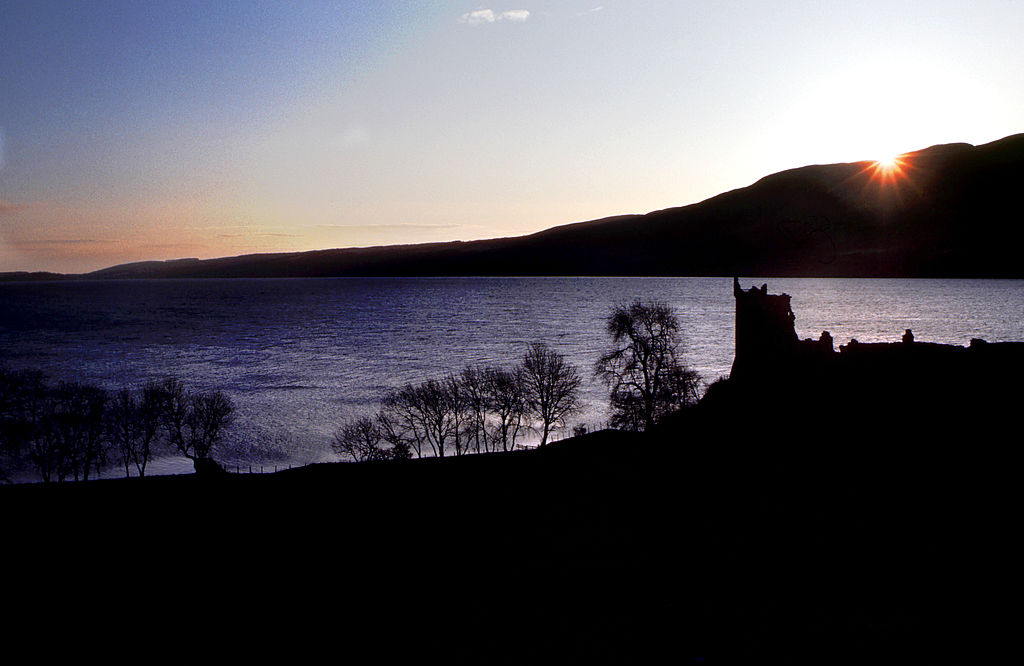
Source: Robert Alexander/Archive Photos/ Getty Images
The couple in their 50s followed the apparent sighting while on vacation in the Scottish Highland. It has been touted as “inexplicable” by Nessie expert, Gary Campbell, which he asserted may be the best sighting of Nessie that’s been captured in the last two decades.
What Could The Couple’s Footage Prove?
In the video captured on the wife’s iPhone, it appears that the creature was swimming just below the water’s surface about 150 yards from the shore. She woke up on a Monday morning with her camera to capture the very still water and then spotted a huge and mysterious creature swimming about.

Source: Culture Club/Bridgeman/ Getty Images
They also claimed that it was about 20 to 30 feet long and that it was “propelling itself with something.” Needless to say, it definitely wasn’t a fish!
“What On Earth Is That?”
Photos were also snapped of the alleged creature swimming in the loch. The couple was staying at their holiday cottage that was located less than half a mile away from the loch and opposite Urquhart Castle.
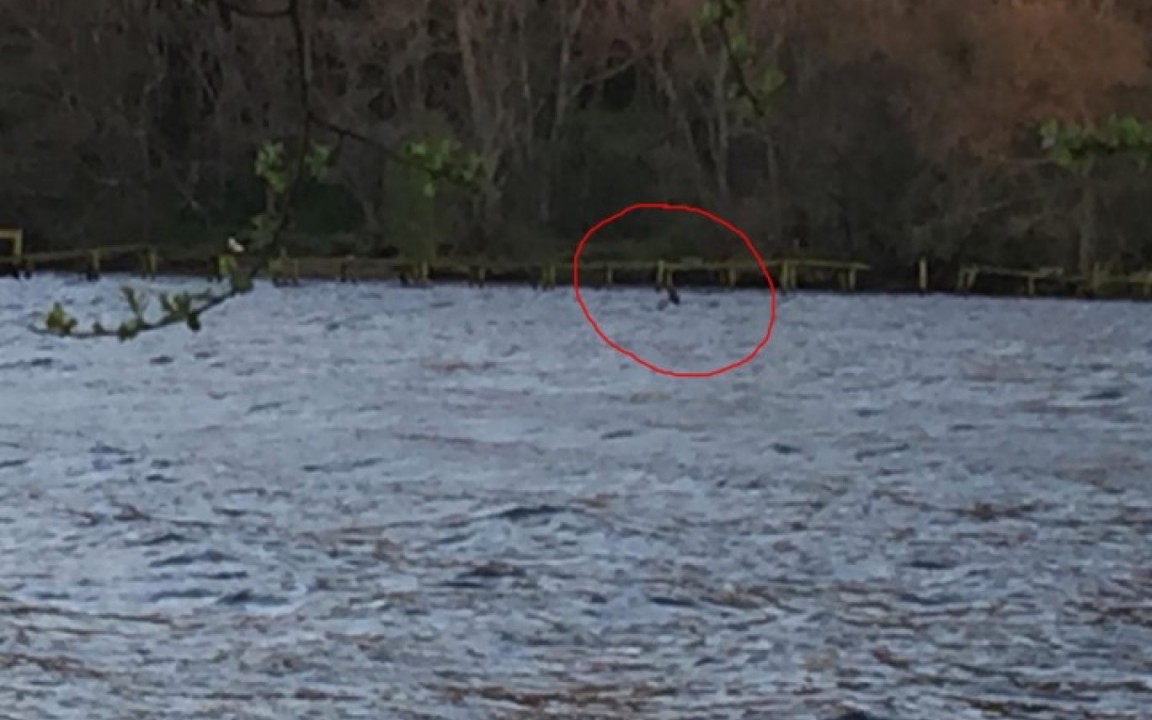
Source: LochnessSightings
The creature supposedly had one fin or limb and moved “like an oar” under the surface. A local video and photography expert claimed that the thing that the couple captured was “clearly animate.” It came out of the water for a moment before heading back in. Also, it was certainly “larger than a bird.”
How Many Sightings Have There Been This Year?
At the time the video was taken in early 2022, there had only been one of four total sightings so far. They have been approved on the Official Loch Ness Monster Sightings Register, run by Gary Campbell. The first sighting was captured and logged on March 30 by Jamie Huntley, a documentarian. He was visiting the loch with Warren Speed, his colleague, at about 11:15 am.
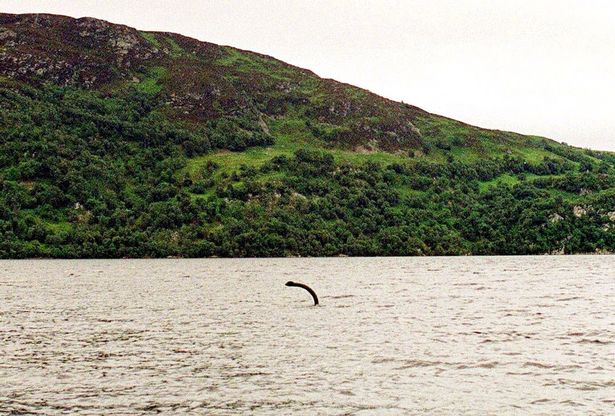
Source: travel.aol.co.uk
As they were driving past Boleskine Cemetery, Huntley witnessed a “large object or creature” in the loch, which he thought was a big boulder, at first. Huntley recalls that what he saw was huge, upon witnessing a creature in the water. He also said its skin was wet, comparable to a whale’s skin.
More Potential Nessie Sightings Come To The Surface
A few days later, another sighting was reported by Tom Ingram, while he was on board the Spirit of Loch Ness cruise. Ingram snapped a photo of something large swimming in the water after the boat’s sonar targeted it near Invermoriston at about 1:30 pm.
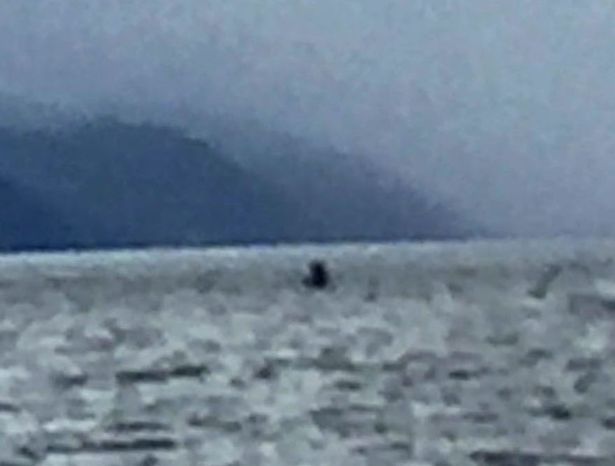
Source: Reddit
A third sighting was reported on April 15 at around 9:30 am, near Aldourie Castle. A local named Glenn Blevins was working on the loch’s banks when he observed a “large animate object in the water.” Allegedly, the object had dark coloring and “stayed in the water for around 20 seconds before sinking into the water.”
This Man Gave Up His Life To Hunt Down Nessie
While any of these people can claim to see anything they want to see or believe what they want to believe, Steve Feltham deduces the speculation that the giant creature is a very large catfish. Feltham, who was mentioned earlier, has dedicated his life to hunting the famed monster and has spent his time camping out on the banks of the loch since 1991.
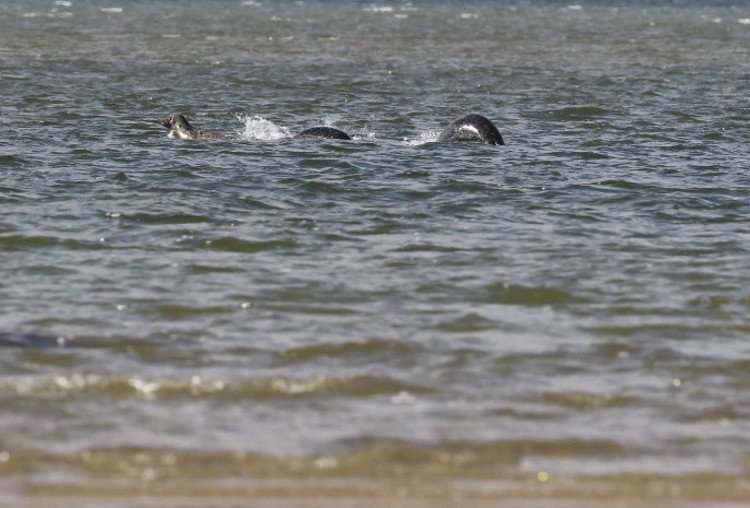
Source: The Scotsman
Feltham gave up his job, house, and girlfriend in southwest England to spend all of his days trying to catch the creature, which may or may not be a myth (or just another animal entirely).
It’s Just A Giant Catfish…?
Feltham suspects the creature is just a giant Wels catfish. This catfish is native to Europe and can remarkably grow up to 13 feet long. It was first introduced by Victorians to the loch’s dark waters to suffice as a sport.
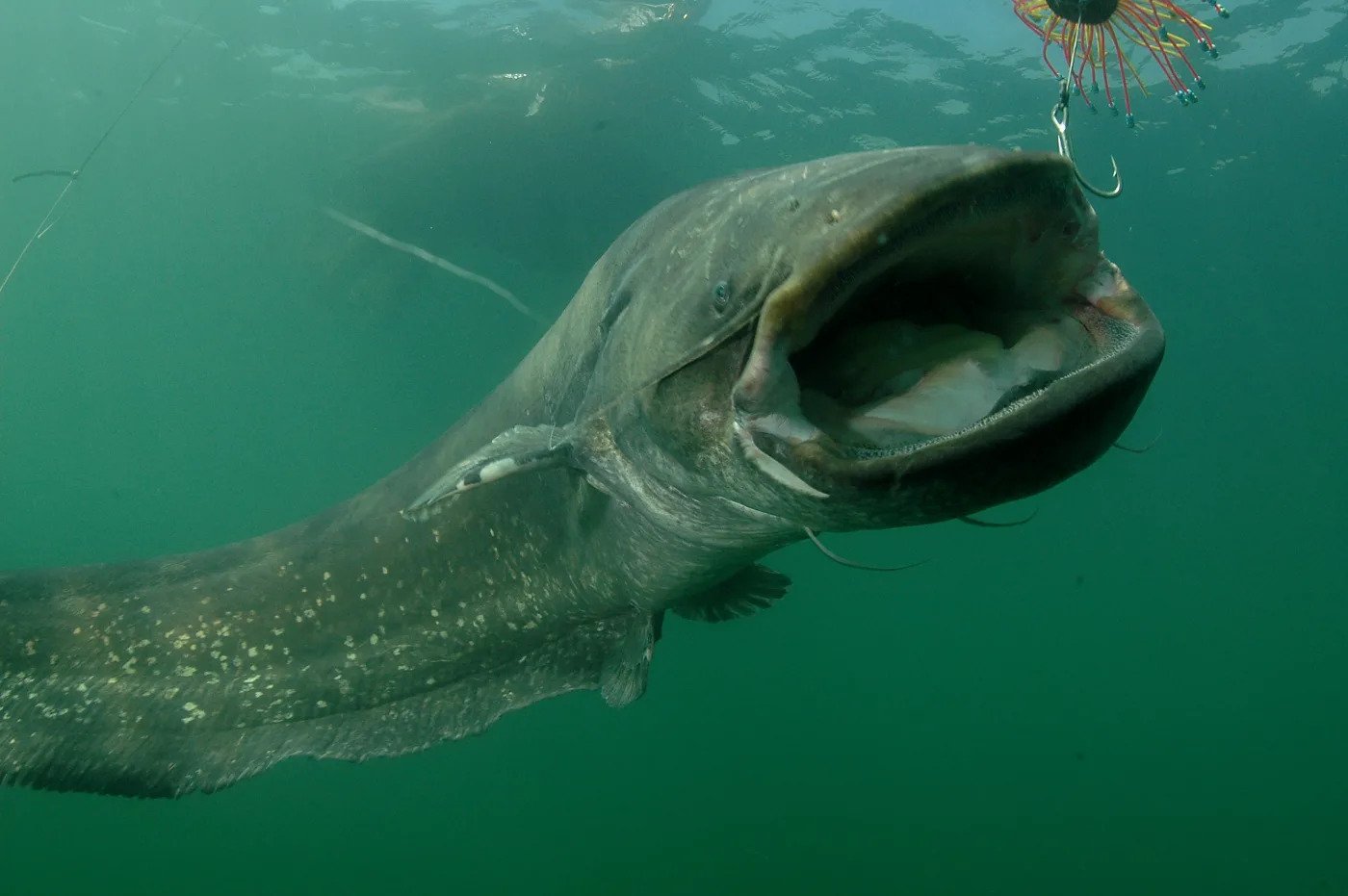
Source: gofishing.co.uk/ Pinterest
Furthermore, Feltham asserts that Nessie isn’t a prehistoric monster, but something that really exists. He says that the descriptions that most people have provided of the creature fit well in line with that of a catfish, especially because of its long curved back.
Tourists Still Visit The Loch Despite What Feltham Says
The information that Feltham provides obviously hasn’t deterred tourists from still visiting the loch in hopes of spotting the notorious “water beast.” They continue to believe that some sort of monster lurks beneath the murky and dark waters of the deep loch.

Source: Fox Photos/ Getty Images
Feltham doesn’t “regret” the almost three decades that he’s spent waiting to catch the creature so he could finally put the speculations to rest. Scientists from the Smithsonian Museum of Natural History don’t dismiss Feltham’s beliefs and affirm that they should keep an open mind.
Scientists Will Keep On Waiting For Concrete Evidence
The Smithsonian scientists believe that the existence of a creature such as the Loch Ness Monster is slim to none. They will continue waiting to receive the actual proof in the form of skeletal evidence or “the actual capture of such a creature.”

Source: Bettmann/Contributor via Getty Images
Some recent findings from scientists and paleontologists have suggested that Nessie is a descendant of the plesiosaur. The plesiosaur was once an aquatic dinosaur that was thought to have been exclusively present in saltwater.
Is Nessie Actually A Descendent Of The Plesiosaur?
Nick Longrich, a paleontologist and head author of the particular study, shared with CBS News his thoughts on the possibility. “All hypotheses are on the table at some level until they’re proven false,” he said.

Source: Pinterest
The discoveries of various plesiosaur fossils, along with the bones and teeth of adults and one baby plesiosaur, were found scattered among different locations. One of those locations was within a 100-million-year-old river system that’s now part of the Sahara Desert in Morocco. Further evidence has suggested that this specialized group came to exploit freshwater environments.
The Plesiosaurs Were Most Likely Freshwater Inhabitants
Longrich further asserts that these creatures had “probably spent much, if not all, of their lives in freshwater.” Those that are firm believers in the centuries-old folktale of the Loch Ness Monster say that the creature was last seen in the Scottish Highlands, a freshwater lake.
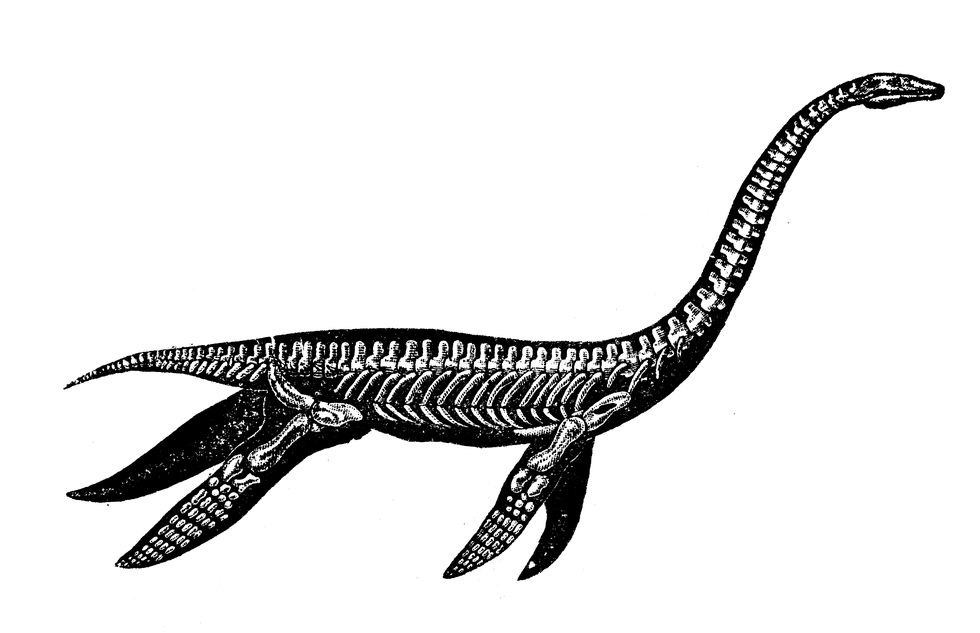
Source: ilbusca/ Getty Images
Although, some scientists are skeptical that an ancient dinosaur (such as the plesiosaur) could have survived in the dark and icy waters of the loch. It was only formed 10,000 years ago during the Ice Age.
What Else Does The Recent Fossil Discovery Suggest?
The recent discovery of the plesiosaur fossils suggests that the last known plesiosaurs went extinct at about the same time as the rest of the dinosaurs did, which was 66 million years ago. This finding openly contradicts the claims from certain Loch Ness Monster believers that say 1975 was the last year it was seen alive.
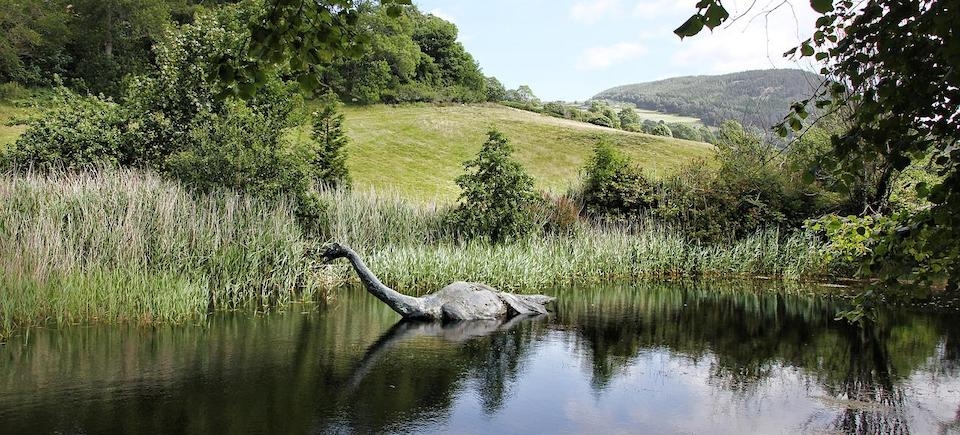
Source: Pixabay
Longrich says that the possibility of finding the Loch Ness monster tomorrow is “plausible” and that it could indeed be a plesiosaur. But, given the evidence so far, that is pretty unlikely.
This Movie Influenced The Myth Of The Monster
There are countless myths surrounding the creation of the Loch Ness monster, but one of them actually came from a film. That film was the 1933 black-and-white version of King Kong. We are all somewhat familiar with this famous movie which utilized stop-motion animation to bring the massive beast, Kong, to life.

Source: John Kobal Foundation/ Getty Images
Kong lives on Skull Island which is also populated with dinosaurs. There is a notably striking scene where a crew on the ship called Venture encounters a dinosaur while they are at sea on a raft.
So, What Emerged From The Waters?
While the crew is stranded on a raft in a thick fog, something with a long neck and saurian head emerges from the waters. The thing topples the raft and comes onto the shore after the surviving members of the crew get on land.
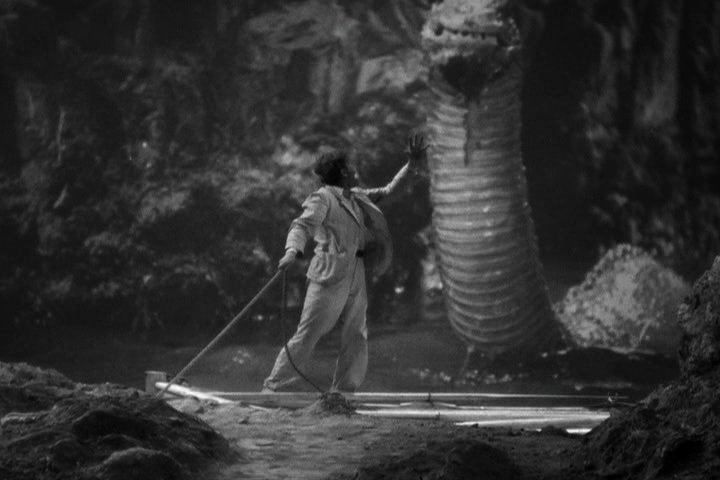
Source: manapop
The creature that emerged from the sea revealed itself to be something resembling a gigantic, four-legged brontosaurus. It’s argued by authors Daniel Loxton and Donald Prothero in their book Abominable Science! that this is the exact scene that spawned the modern-day myth of Nessie.
The Film Inspired The Embellishment Of A Sighting In 1933
We return back to the reporter, Alex Campbell, who worked for the Inverness Courier. In 1933, he reported that two of his friends had witnessed something in Loch Ness whilst driving. It turns out that Campbell embellished the testimonies of his friends and made the splashing (which was probably caused by fighting ducks) into something much more interesting.
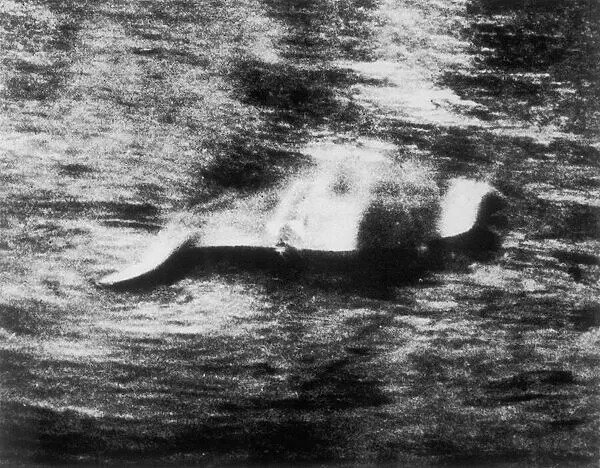
Source: Alamy
He said that he spotted a frolicking creature with two dark humps and a whale’s body in the distance. It’s perplexing that the sensational hit King Kong had opened in London four days before this supposed sighting.
And The Embers Of The Legend Kept On Spreading…
The Courier had published a letter by George Spicer who hailed from London. Spicer and his wife were cruising along the shore of the lake in Scotland which wasn’t internationally famous yet. According to Spicer, he claimed to have seen a “dragon or prehistoric animal” with a long neck going across the road fifty yards ahead.
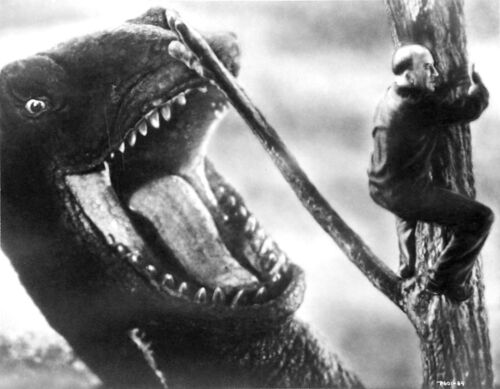
Source: Alamy
He also said that the creature had a small lamb or some kind of animal in its mouth. This sounds oddly similar to the classic scene in King Kong when the brontosaurus snatched up men with its jaws, shaking them in all directions. It was later reported that Spicer had seen the film.
Life Imitates Art
The modern dinosaurs of Kong, Son of Kong (1933), The Secret of the Loch (1934), and The Lost World (1925) all show a four-legged dinosaur tearing through London’s streets. Clearly, these films must have inspired many reports of the Loch Ness monster.
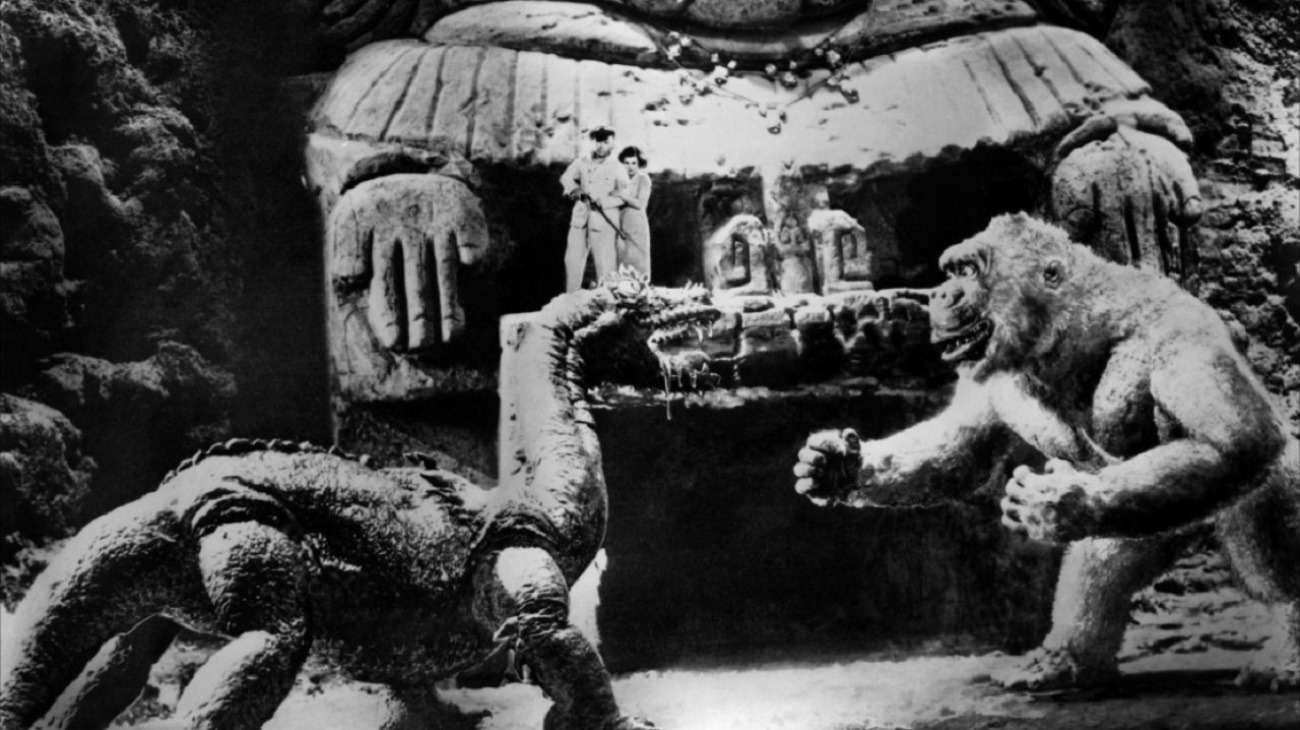
Source: Alamy
However, these reports quickly honed in on the idea that a plesiosaur’s home was the lake itself. Who sparked this rumor? Of course, it was none other than Mr. Alex Campbell himself who had aggressively pushed the story of an aquatic dinosaur living in the loch, which, funnily enough, is possible speculation by scientists.
A Brief History Of The Loch And Its Unreliable Witnesses
The loch, although seemingly serene, has had a very busy history. In 1822, it became part of a shipping channel called the Caledonian Canal, which was used by mercantile crafts for a long time. Now, it witnesses recreational traffic, as well as all the tourists.
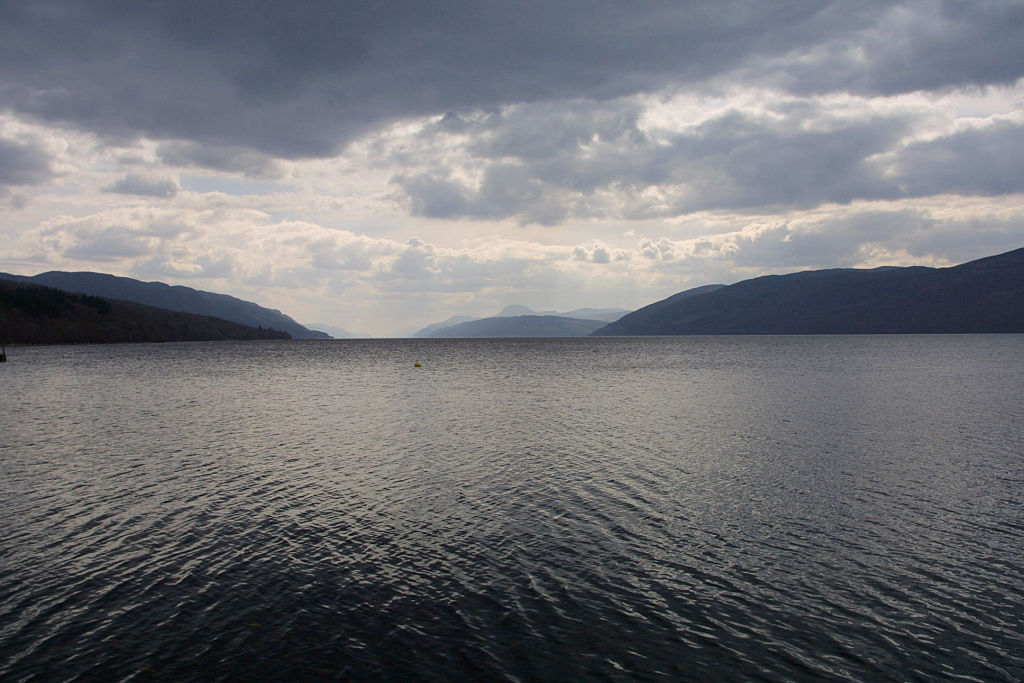
Source: Colin McPherson/Sygma/ Getty Images
What’s intriguing is that nearly all of the sightings of the monster come from lucky tourists, yet never from those that dedicate their entire lives to exploring the lake. When Campbell’s fabricated story was published in 1933, Captain John Macdonald rebutted by saying that he had sailed the lake for 50 years, and had never once seen the descriptions of the monster shared by Campbell.
More Eyewitness Accounts That Prove To Be Faulty
In 1978, a small panda escaped from the Rotterdam zoo, thus prompting a media alert. Witnesses had claimed they had seen the animal a hundred times around the Netherlands. There was one problem: the panda had died not too long after escaping.

Source: Jeff J Mitchell/ Getty Images
It’s similar to the Loch Ness sightings, most of which can be simply explained by various animals and objects bopping about in the water. Tourists who aren’t familiar with the lake might have witnessed boat wakes, logs, long-necked birds, or otters swimming in one line.
Extraordinary Evidence Must Be Provided To Aid In Nessie’s Existence
In an era where many of the devices that people carry nowadays have cameras that take high-quality pictures and videos. So, it’s remarkable that the “best” footage we get of Nessie and other sea serpents is unambiguous, far away, and hard to make out – such as the viral video taken by the couple that was on vacation.
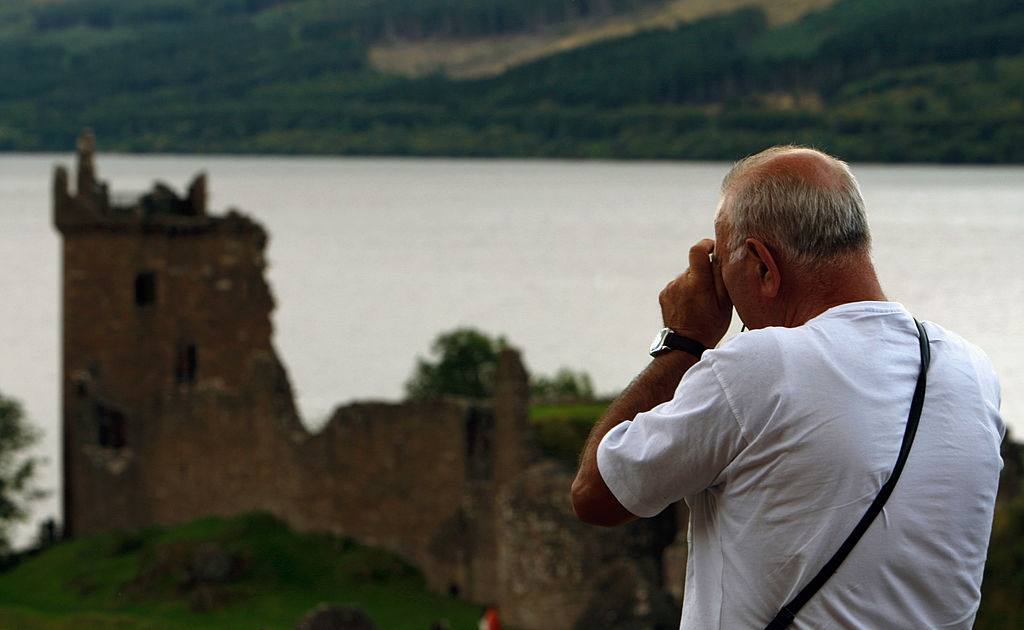
Source: Jeff J Mitchell/ Getty Images
These crumbs of evidence that have been pieced together over time may be nothing more than a simple myth inspired by a 1933 monster movie.
If The Creature Really Is A Dinosaur, Then How Has It Thrived For So Long…?
One of the theories out of countless other ones is that Nessie is a descendant of the plesiosaur, which means that it miraculously survived extinction 65 million years ago. Additionally, it also mysteriously ended up in a freshwater lake that was a solid glacier from some thousands of years ago.
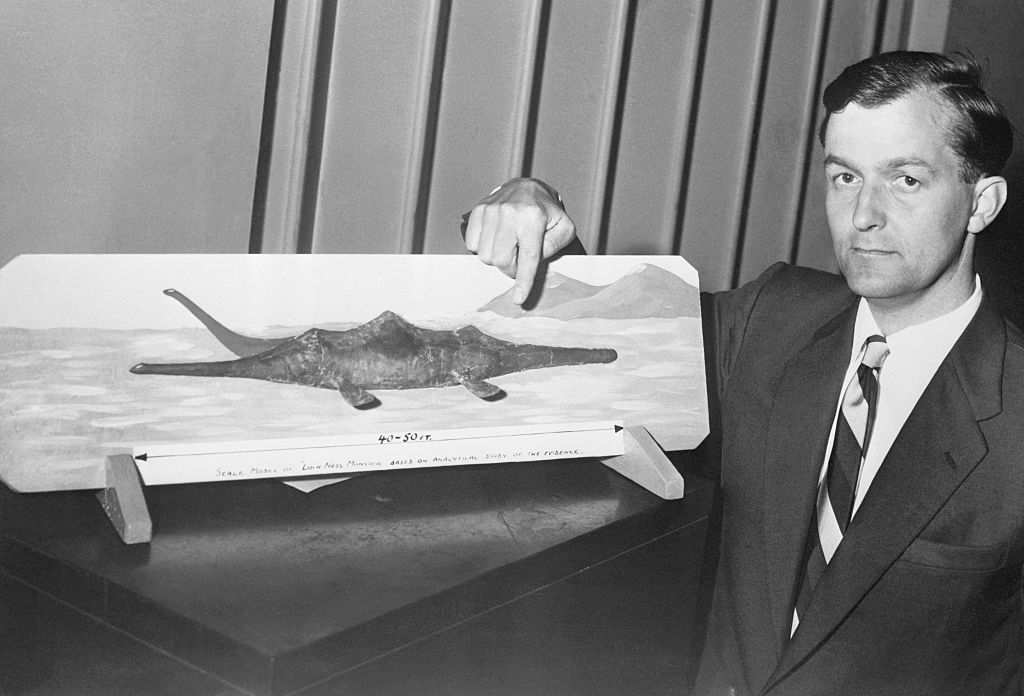
Source: Bettman/Contributor via Getty Images
The plesiosaur, which is a tropical saltwater dinosaur, allegedly thrives in the cold freshwater of the loch. It also breathes air without being seen and gets its sustenance from a lake where the food supply is limited. Oh, and it would have to be somewhat immortal. Does any of this seem plausible?
…And How Has The Internet Made Its So-Called Existence More Plausible?
A scientific paper reported the discovery of one plesiosaur’s teeth, vertebrae, and a baby’s humerus from what once was a freshwater river in Morocco. The fossils of plesiosaurs are usually discovered in saltwater environments (marine deposits), even though it was already established that other plesiosaur groups and other marine reptiles had also lived in freshwater environments.

Source: Ian Tyas/Keystone Features/ Getty Images
Could they have been lost in freshwater lakes? Perhaps they grew to adapt to both types of environments.
The Legend Of The Loch Ness Monster Will Never Die
Believing in myths and the existence of things that are beyond our explanation or comprehension fosters a bond between like-minded people. It could be why the legacy of the Loch Ness monster has endured for such a long time and continues to stun people from all corners of the world.
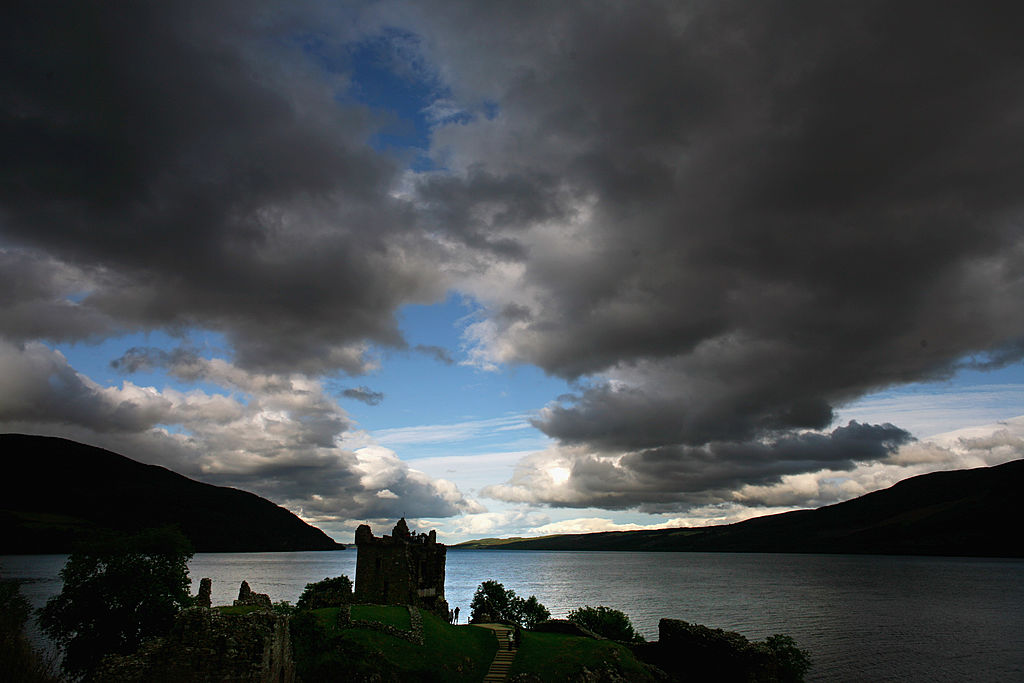
Source: Jeff J Mitchell/ Getty Images
No plausible explanation or evidence so far has deterred believers from continuing to search for this sea serpent, and believing that its existence is rooted in some type of reality. The legend will always live on.
